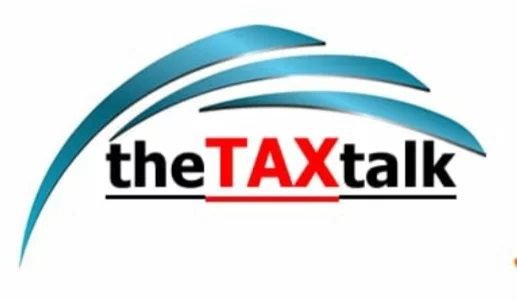![]()
When GST Turns Upside Down: The Tale of Inverted Duty and Twisted Logic
If taxes could talk, they’d probably say – “I’m not confusing, you just don’t understand me!”
But when it comes to the Inverted Duty Structure (IDS) under GST, even tax officers might nod in sympathy. The term sounds academic, but its effect is quite real – it makes honest manufacturers feel like they’re walking on an economic treadmill: lots of movement, little progress!
What Exactly is This “Inverted Duty”?
Under GST, businesses pay tax on purchases (inputs) and collect tax on sales (outputs). Normally, the tax on the final product is higher than on its raw materials – fair enough. But the moment this gets inverted – i.e., when inputs are taxed at a higher rate than outputs – trouble begins.
You buy expensive (highly taxed) raw material, sell the finished product at a lower GST rate, and end up with extra Input Tax Credit (ITC) sitting idle in your books – a refund nightmare in the making!
Why It’s a “Twisted” Situation
Let’s take an example. Suppose a company buys nylon chips taxed at 18% to make nylon fabric taxed at 5%.
Result? The poor manufacturer pays more GST on inputs than what they collect on outputs. The excess ITC gets blocked like traffic on a Monday morning.
Refunds? Yes, they exist – but only for ITC accumulated on inputs, not on input services or capital goods. So, GST on electricity, packaging, machinery, or consultancy – all remain stuck forever, smiling mockingly from the credit ledger!
Who Suffers the Most?
The pain of IDS is felt most in industries such as textiles, footwear, fertilizers, and pharmaceuticals.
For instance, pharma companies buy expensive active ingredients taxed at 18% but sell life-saving medicines at 5%. Textile makers buy high-tax fibers and sell low-tax fabrics.
Insurance companies, too, are sweating it out – as their input costs on services rise faster than their policy returns! In short, inverted duty is like eating a heavy meal and being told you can’t digest half of it.
How Does It Mess Up Rate Cuts?
When the government announces rate cuts to ease inflation, it sounds great – until you realize it has made the inverted duty problem worse.
Imagine – GST on your final product is slashed from 12% to 5%, but your raw materials continue to attract 18%! The consumer may save a few rupees, but the manufacturer loses working capital and liquidity.
This discourages investment, distorts pricing, and forces some businesses to shift costs quietly to consumers – defeating the very purpose of “rate rationalisation.”
The Dream of a Single, Rational Rate
When GST was first launched, economists dreamt of a single, uniform rate of around 15%.
Over the years, political and social compulsions created a multi-tier system – 5%, 12%, 18%, and 28%. The new reforms aim to simplify this into a two-tier structure, making GST simpler, predictable, and more business-friendly.
But until that happens, businesses will continue facing the challenge of inverted duties – the kind where you pay more upfront and get less in return, like a bad investment.
Can the Problem Be Fixed?
Absolutely – with some policy surgery.
India could consider allowing refunds of ITC on input services and capital goods, not just raw materials.
Globally, most countries with VAT or GST provide full input credit, ensuring neutrality across sectors.
Alternatively, moving toward a uniform GST rate would automatically eliminate inversion and bring long-term stability.
The Way Forward
The GST Council has already begun rationalising rates on nearly 400 items, balancing inflation with revenue needs. The goal is clear: simplify the system, ease working capital pressure, and make Indian manufacturing globally competitive.
For now, the only “inversion” taxpayers would love to see is the turnaround of policy – where blocked credits finally start flowing freely.
Until then, the saga of inverted duties will continue to remind us that in tax matters, even logic sometimes gets inverted!


